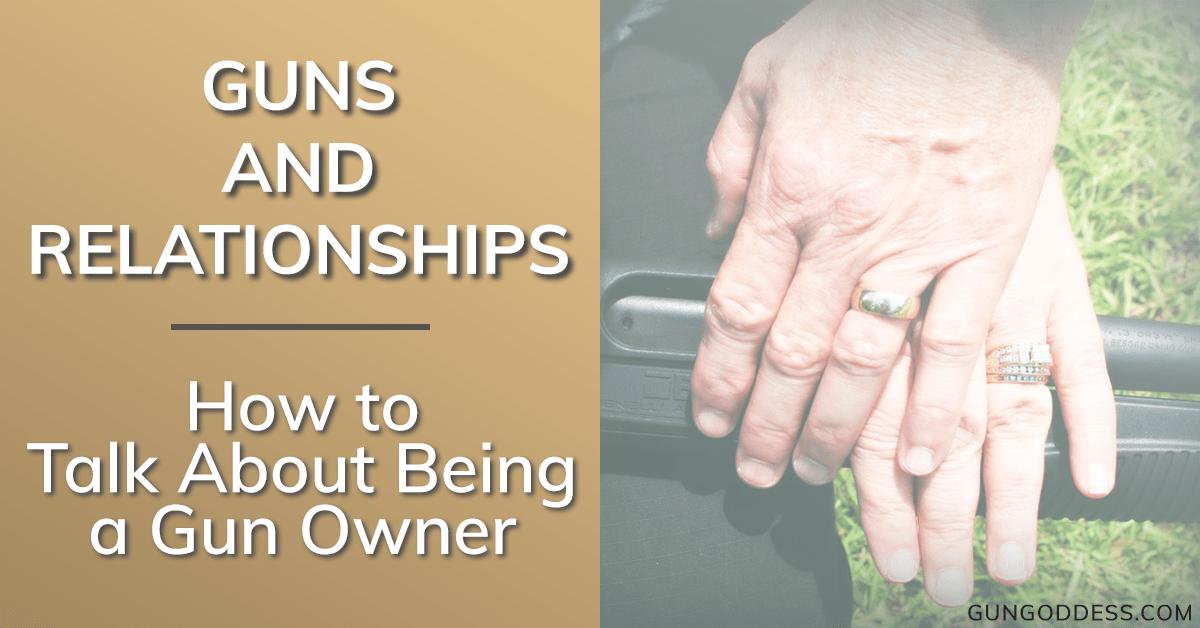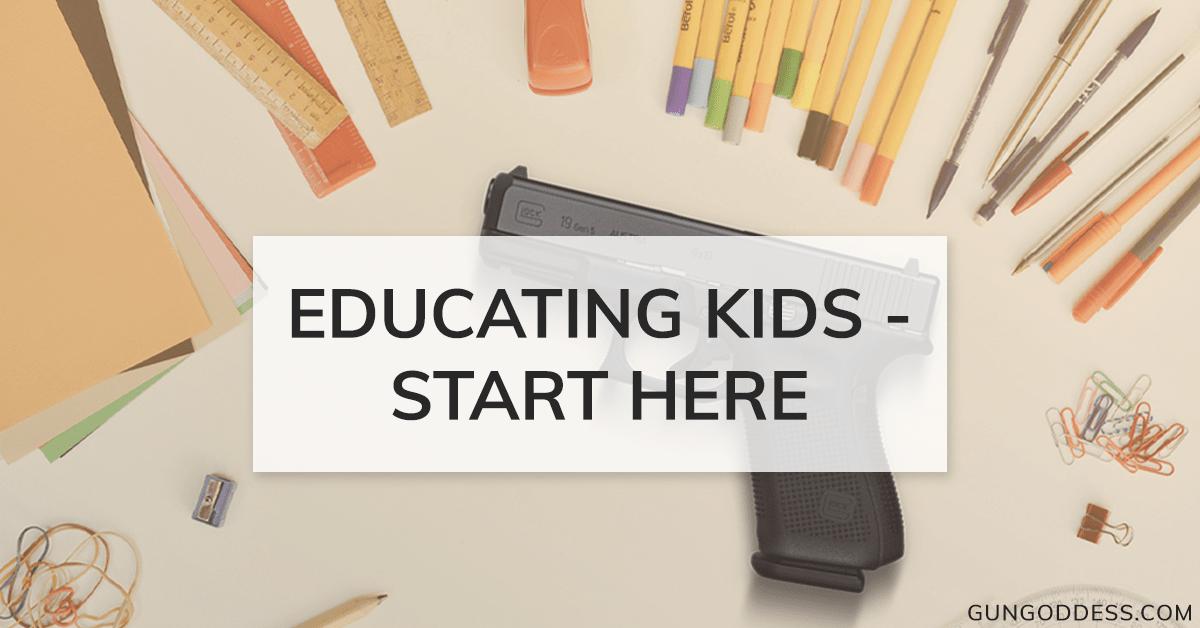Your Cart is Empty
Orders Over $100 Ship FREE (USA)!
Orders Over $100 Ship FREE (USA)!
CONCEALED CARRY
(Apparel with holster pockets or concealed-carry features)
(Apparel with holster pockets or concealed-carry features)
PARTS & GEAR
RANGE STYLE
Gift shopping & not sure about size or style? Give a gift card instead!
Gift shopping & not sure about size or style? Give a gift card instead!
GIFT IDEAS
The entire site is full of products that make great gifts, so browse all of our collections! Still not sure? Give a gift card!
The entire site is full of products that make great gifts, so browse all of our collections! Still not sure? Give a gift card!
EXPLORE
Carrying to Medical Appointments
7 min read
By Melody Lauer, reprinted with permission
If you haven't already been to your Ob/Gyn for your first prenatal appointment it is probably coming up shortly. These days doctors encourage the start of prenatal care as early as possible even as early as five or six weeks. Often, to get an accurate gestational time line you may even get an ultrasound in those early weeks to confirm that everything is where it is supposed to be (most importantly, baby).
If you have already had a child you can start nodding in agreement, but if this is your first child you will find that you don't get to keep your clothes on very much when it comes to doctor's offices and pregnancy. Let's face it, everything of importance to your pregnancy is located between your rib cage and your knees which means doctors are going to need access to it. "Lay back, put your feet in the stirrups and spread your knees," will be the most commonly heard phrase at your doctors office of the next nine months. It's just a fact of pregnancy life.
So if you carry on body (as you should) and it's legally permissible for you to carry into your doctor's office in your state you can find yourself standing in an exam room with a gun and holster in your hand thinking, "Dear God, what do I do with this thing?"
Fear not. I've gone before you and come up with a few solutions to help with this problem.
Again, if this is your first pregnancy you might not be aware of the processes involved in prenatal care. One such process is that of getting your blood pressure, a urine sample and weight at the very beginning of your visit. If you are carrying a gun, of course your weight may be a little on the heavy side if you have not already removed your firearm. Throughout my first pregnancy I would remove my firearm in the restroom while providing the urine sample and store it in a variety of ways (which I will go into shortly) throughout the remainder of my visit.
As a precautionary warning I will say that the less you handle your gun the less likely you are of having a negligent discharge. Safety should be your top priority and the safest method of handling your firearm is while it is in a holster. Your holster really is your best friend when it comes to carry. Your holster protects your gun from you and you from your gun. A quality holster (which is the only type you should be using) will form to your gun and will completely protect the trigger guard area from accidental tampering from anything, whether it be a finger, a pen, a tube of lip gloss or a set of keys. Unless absolutely necessary and/or you intend to shoot it DO NOT take your firearm out of its holster. Keep your gun in your holster and remove the entire rig from your body to store it.
Also, remember your four rules of gun safety and make them your practice while handling any firearm:
- All guns are loaded all the time--treat them that way.
- Point the firearm in a safe direction.
- Keep your finger off the trigger.
- Be aware of your target and what is beyond.
Considering what you might have to go through once you get into the office you may want to consider leaving your firearm in your car or at home for your appointments. If may decide you would feel much more at ease if you didn't have to worry about what you are going to do with your gun.
BEST
One of the best ways of securing your firearm in your vehicle is with a car safe such as a Center of Mass Car Safe. They are very cheap, can be secured to the car and can hold quite a bit of stuff depending on the model of safe you buy. Depending on your holster you may also be able to store the entire rig in the safe and not have to remove the firearm from it's holster. This requires no or minimal handling of the firearm which is ideal.
BETTER-Than-Good
If you choose to leave your firearm in your car and do not have a car safe I prefer to disable it in some way so that if my car is stolen it can not be immediately used by the criminal who may find it. If this disabling can be done without removing the gun from the holster it's even better. On some firearms there are key locks such as some Taurus firearms and S&W revolvers (as an example). If your firearm does have a key lock read the owner's manual carefully to make sure you are locking your gun appropriately. Put the key on your key ring or in your purse or wallet and make a habit of locking the firearm before you store it in your vehicle OUT OF SIGHT (I know that should seem very obvious but I one processes talked to a woman who left her firearm on the passenger seat of her car and was shocked when she returned to find her car broken into and her firearm gone.. be smart). This method usually requires minimal handling of the firearm (depending on the locking mechanism) which is next to ideal.
GOOD
If you do not have a car safe or a lock on your pistol you can simply unload it by removing the cartridges from the cylinder of a revolver or removing the magazine and round from the chamber of a semi-auto. Obviously this involves a little more handling of the firearm and should be done with utmost care. If the first two options are not available to me I will go to this option and take the ammunition with me while I leave the gun in the car... Out of sight.
NOT-SO-GOOD
The last means of disabling your gun is to disassemble it. If I'm carrying a 1911-style pistol without a firing pin safety I will slip off the back stop, remove the firing pin and take that with me while I leave the gun. Some advocate taking the barrel but that can mean completely disassembling the firearm and can be messy and time consuming and depending on your make and model can mean loosing some small parts or needing to remember to take a take-down tool with you. Remember you are doing this in a vehicle where others might see you which can add stress as a distraction (something you should try to minimize while handling your firearm). This method also requires the most handling of your firearm and should only be done as a last resort and if you are extremely familiar and comfortable with your gun handling. I have only done this method less than a half dozen times. Often I will recommend locking the gun in the trunk in a box with a padlock before I recommend disassembly though it is, of course, an option.
Decide what method of car storage you are going to use (if you choose to do so), practice it at home in a safe environment until you are comfortable, safe and quick with it, and then stick to it. Remember to store your gun out of sight, lock your doors and don't forget to reassemble or unlock your firearm before you put it back on.
If you should choose to take your firearm with you into the office here are some methods for securing it. No matter which of these methods you should choose, however, make sure you are, again, being safety conscious, careful and watchful. Never leave your firearm unattended and be conscious of what is going on.
1. The over-sized purse, bag, etc.
I'm not a big fan of purse carry and if you are committed to on-body carry I applaud you. That doesn't mean, however, that your purse can't come in handy in times like these. Just because you don't carry in your purse doesn't mean you can't temporarily store your gun in your purse while being examined by doctors. Either while in your car or before asked for your weight or immediately when you get to the office, you can slip into the bathroom and put your entire rig into your purse for temporary storage. If you have a gun purse with a designated pocket for your gun, PERFECT! If not, consider taking a purse that has a little extra room and a good zipper or flap to it where you can comfortably hide your entire set up for the duration of your visit. It's easy to take from room to room and keep an eye on.
2. The coat or sweater or cover garment.
Your cover garment can be just as concealing off body as it is on body. Again, in the bathroom, and before asked for your weight, take off your entire rig and with your gun still in the holster wrap it securely in your coat, sweater or cover garment. Make sure it is completely concealed and secured so that if will not just slip or fall out while being carried (I have even put my gun inside a zippered sweater, zipped it up and then folded it around itself for added security). Even if you have to tie the ends of your garment together for added security, do so.
3. Trusted, legal friend or spouse.
Chances are if you are in a committed relationship going through this process your partner is going to be with you for some of these appointments. Ultrasounds and important discussions about certain processes of the pregnancy are going to want to be shared with the person with whom you are going to be sharing the life of your child. Chances are also pretty good that that person is legally permitted to carry as well. If not, then keep those legalities in mind and do what is right according to law. If so, it's an excellent idea to let that individual take possession of your firearm throughout your visit.
A final note:
A lot of women take their children with them to prenatal appointments. Some doctor's offices discourage the practice but when you have frequent appointments for a mother with young children it can be hard for her to find day care and most offices will forgive them dragging their little ones along. Perhaps you have to bring your own little one along. IT IS YOUR RESPONSIBILITY TO INSURE THAT ALL UNAUTHORIZED PERSONS (INCLUDING AND ESPECIALLY CHILDREN) CANNOT GAIN ACCESS TO YOUR FIREARM. If there is any doubt in your mind that you will be able to safely store your firearm at your doctor's appointments, err on the side of caution and leave it at home or in your vehicle. You are far more likely to have an accident than be attacked while giving a prenatal urine sample. Be legal. Be safe. Be responsible.
Also in Lifestyle: Pregnancy, Family & Relationships

Guns and Relationships: How to Talk About Being a Gun Owner
4 min read
Have you thought about the right time to talk to a new love interest about being a gun owner and supporter of the Second Amendment? Here's how to have that conversation.
Read More
When To Teach Kids About Guns
1 min read
Advice from Rob Pincus, of Personal Defense Network
Read More
Educating Kids - Start Here
4 min read
While it’s great to take the kids to the range and teach them how to shoot, don’t leave out important information. Educating our kids on the subject of firearm safety and shooting is a subject that just might save their life. And we can start teaching them sooner than you might think.
Read More